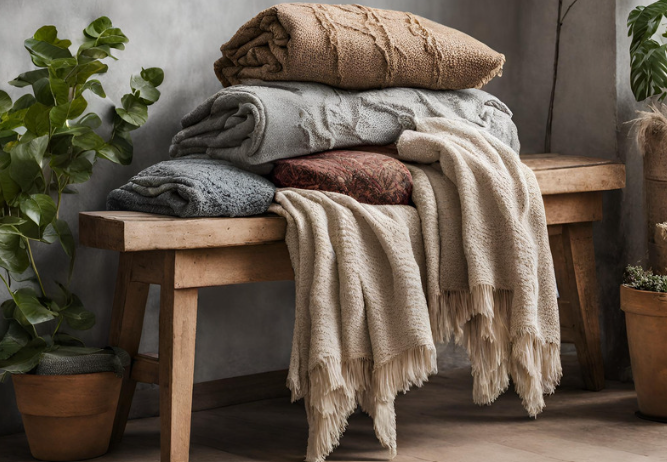Issue 7: Mindful Living: Creating Sustainable Spaces
Have you ever been in a room that just feels bad? Like the air is stale and the furniture is old and worn out? If this sounds familiar, you might be living in an unsustainable space.
Sustainable interior design can be defined as using environmentally conscious and recycled materials for example bamboo or reclaimed wood. It is also about consciously choosing what to include in your space and not overconsumption. For example choosing to repair a chair you already have or buying 2nd hand.
Dealing with sustainability has become increasingly important over the last few years. We are seeing more and more people want to make sure they are not contributing to climate change by using energy efficient products or even switching to renewable energy sources like solar panels on their homes.
The benefits of sustainable living go beyond just helping the environment though - it can actually save money too! By using eco-friendly products made from recycled materials or reusing old items around your house instead of buying new ones all the time, it can help cut down costs significantly."
The EU alone generates over 10.78 million tonnes of furniture waste annually, with 90% being incinerated or sent to a landfill and only 10% being recycled or repurposed. That is a huge problem and one that needs to really be looked at in our attitude to how we design and live in our homes.
There is a fantastic company called the Haines Collection, founded by Jules Haines. The mission of the hanes company is “to reduce waste in the interiors industry”. Jules speaks about her experience in the interiors world and about the immense amount of waste generated by companies. The Hanes collection resells fabric that would otherwise end up in a landfill or incineration. You can read some of her amazing and really insightful blogs here
Multi Stripe Red, Black and Natural Cushion - Rectangle
With Sustainable design, it is not about being perfect, it is about making conscious decisions as to what you choose to include in your home. It is about considering what you need over what you want, what is the best option for your budget and of course after you have purchased items, looking after and maintaining the pieces. I feel that sustainability has been presented as an all or nothing, but really small changes can make a huge difference.
There are many pillars of sustainable design, but I like to think of the 6 R’s when designing a room. The 6 r’s are as follows:
Rethink: You will need to change your mindset on how you approach designing your space. It will entail lots of antique markets, flea markets and looking for hidden potential in items. Looking for quality pieces that have potential. A fantastic book to read about sustainable design is “The Sustainable Home: Easy ways to live with nature in mind” by Ida Magnthorn
The Sustainable Home, Easy ways to live with nature in mind
Reduce: Reducing the amount of harmful, non recyclable items that you include in your home. Think not introducing single use plastic or buying fast interiors with the intent to only use for a short period of time.
Reuse: Single use is out, reuse is in. Try looking at what we already have and seeing if it can be reused perhaps in another room or maybe if you move this item to another place in the room it will work better. Or could old testiles be repurposed into new items? It is about looking beyond the obvious
Repair: The japanese art of Kintsugi is a perfect example of this. Kintsugi is the art of putting broken pottery pieces back together with gold — built on the idea that in embracing flaws and imperfections, you can create an even stronger, more beautiful piece of art.
Repurpose: In the interiors industry it can also be called upcycling. I LOVE to upcycle and perhaps take on a few too many projects (two armchairs that are still to be finished), but looking around 2nd hand furniture shops and seeing what you can repurpose is one of my favourate past times. Not only is it good for the environment as you are giving an old piece of furniture a new lease of life, but it is generally a more cost effective way to furnish your home and make it unique to you and your style
Recycle: When all the above r’s have been covered, recycle is always the last resort. But if an item is really beyond saving the best thing we can do is recycle it.




